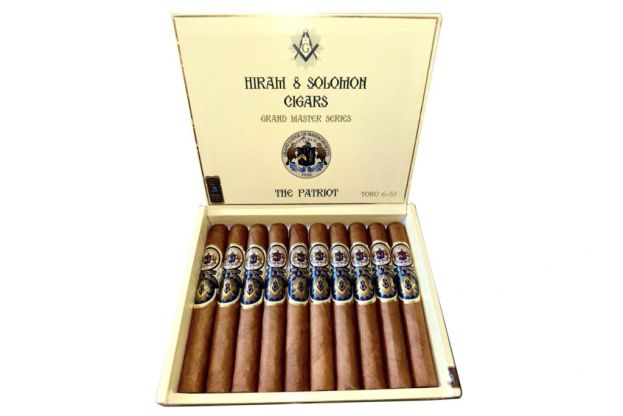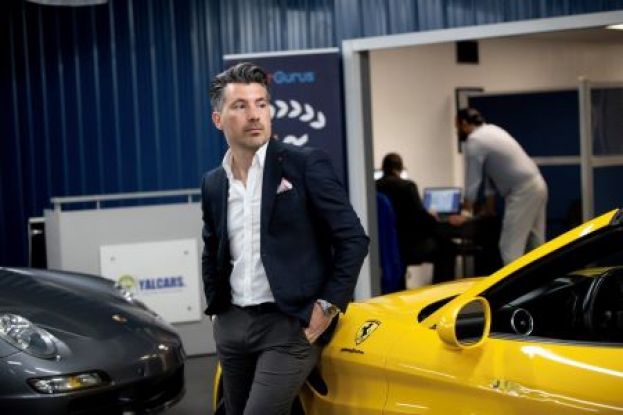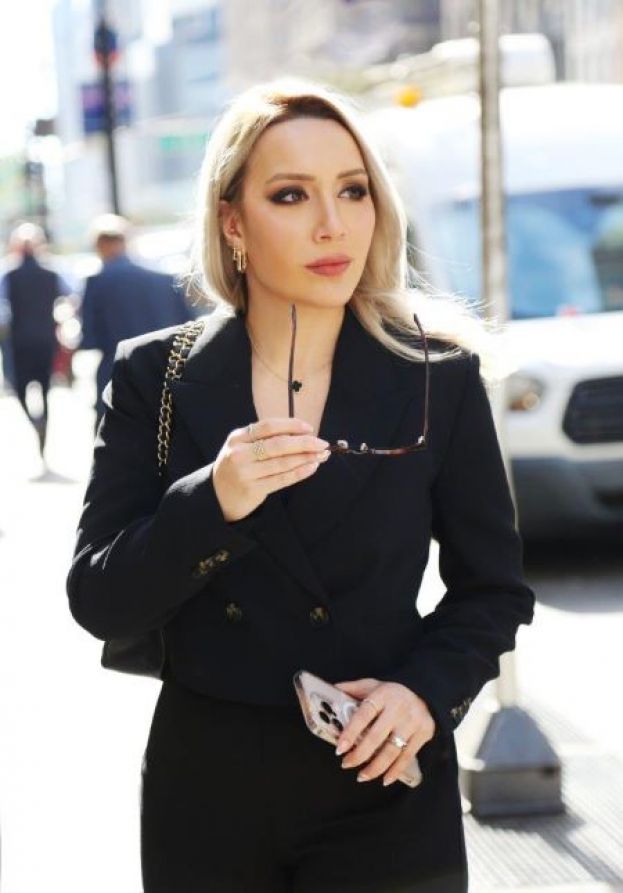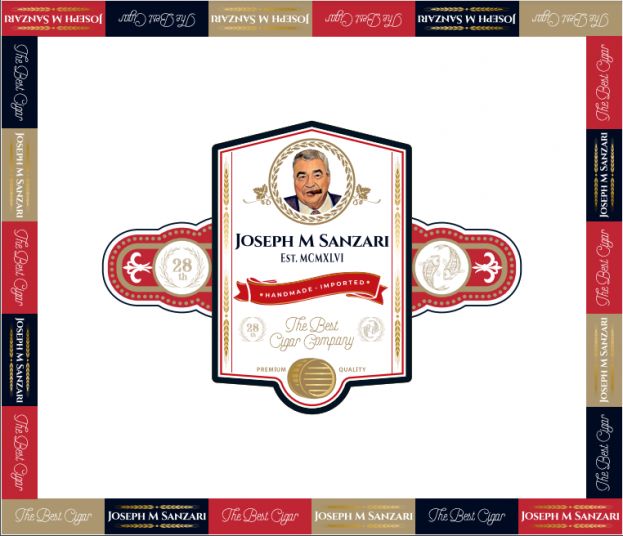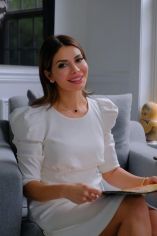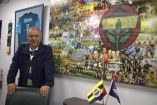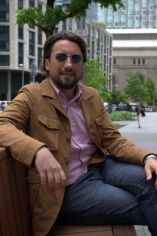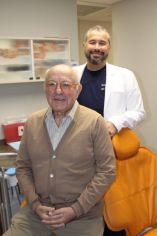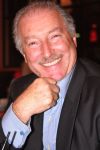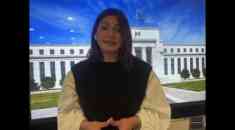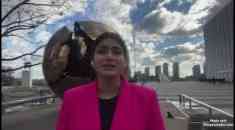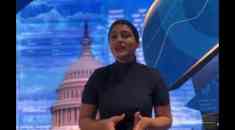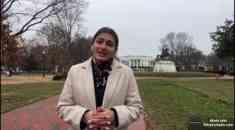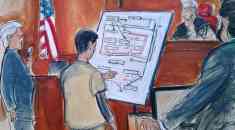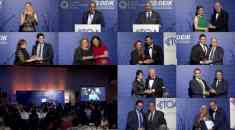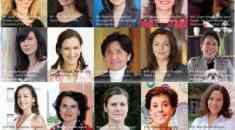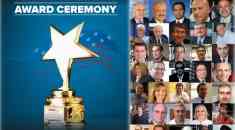Announcing the 2025 Edition of the 100 Most Influential Turkish Americans
Dear Friends of the Turkish-American Community, since 2002, TurkofAmerica, the first Turkish magazine published in the United States, has been dedicated to celebrating the achievements, leadership, and inspiring stories of Turkish Americans across the country. We are pleased to announce that the 2025 edition of the 100 Most Influential Turkish Americans is now being organized. This year, we are expanding our recognition program with a broad set of award categories covering business, sports, arts, academia, professional life, public service, innovation, and community leadership. Our aim is to highlight individuals who make meaningful contributions in their fields and serve as strong role models for the next generation. Application Timeline Applications open: November 30, 2025, Application deadline: March 31, 2026, Announcement of award recipients: May 2026 Selection Process Award recipients will be determined through a rigorous evaluation process overseen by: A distinguished Jury Committee consisting of well-known figures from the Turkish-American community. WATCH PREVIOUS AWARD CEREMONIES
- Published in Businessman
- Written by Admin TOA



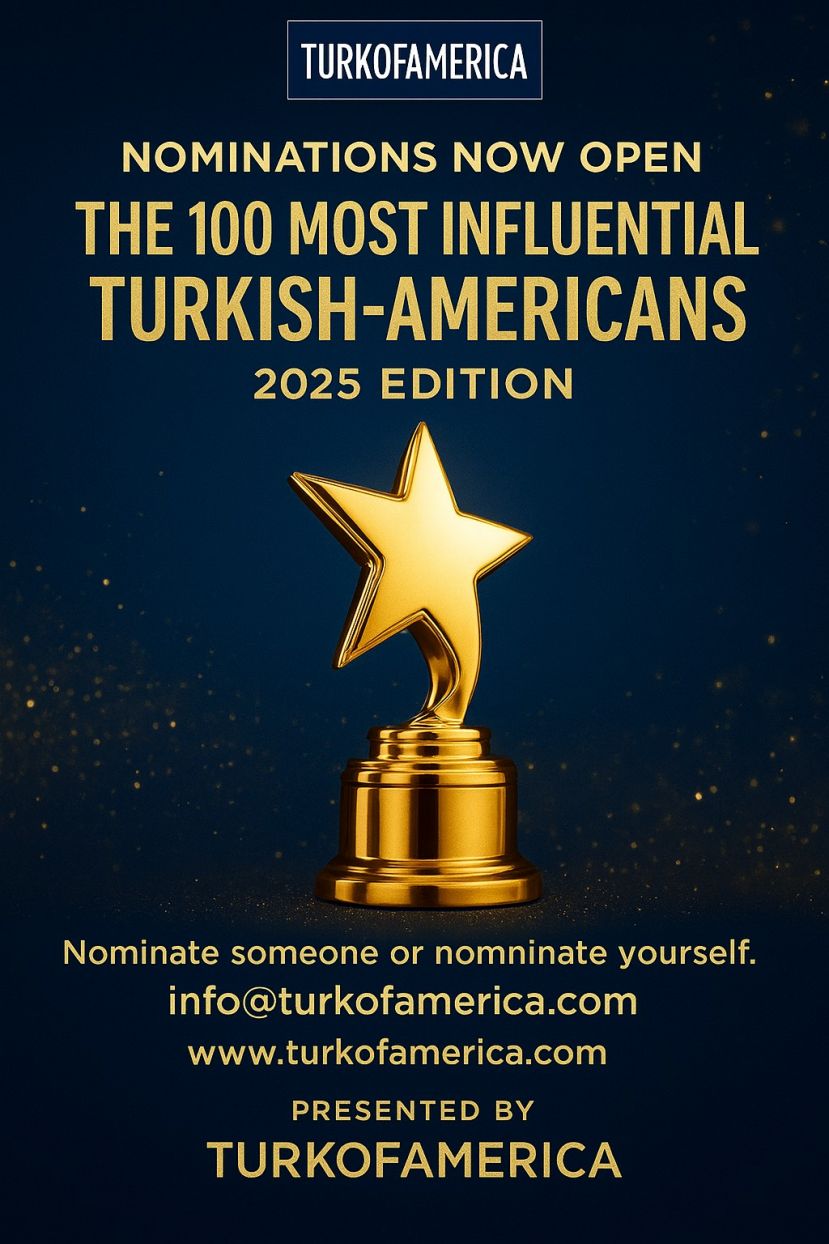
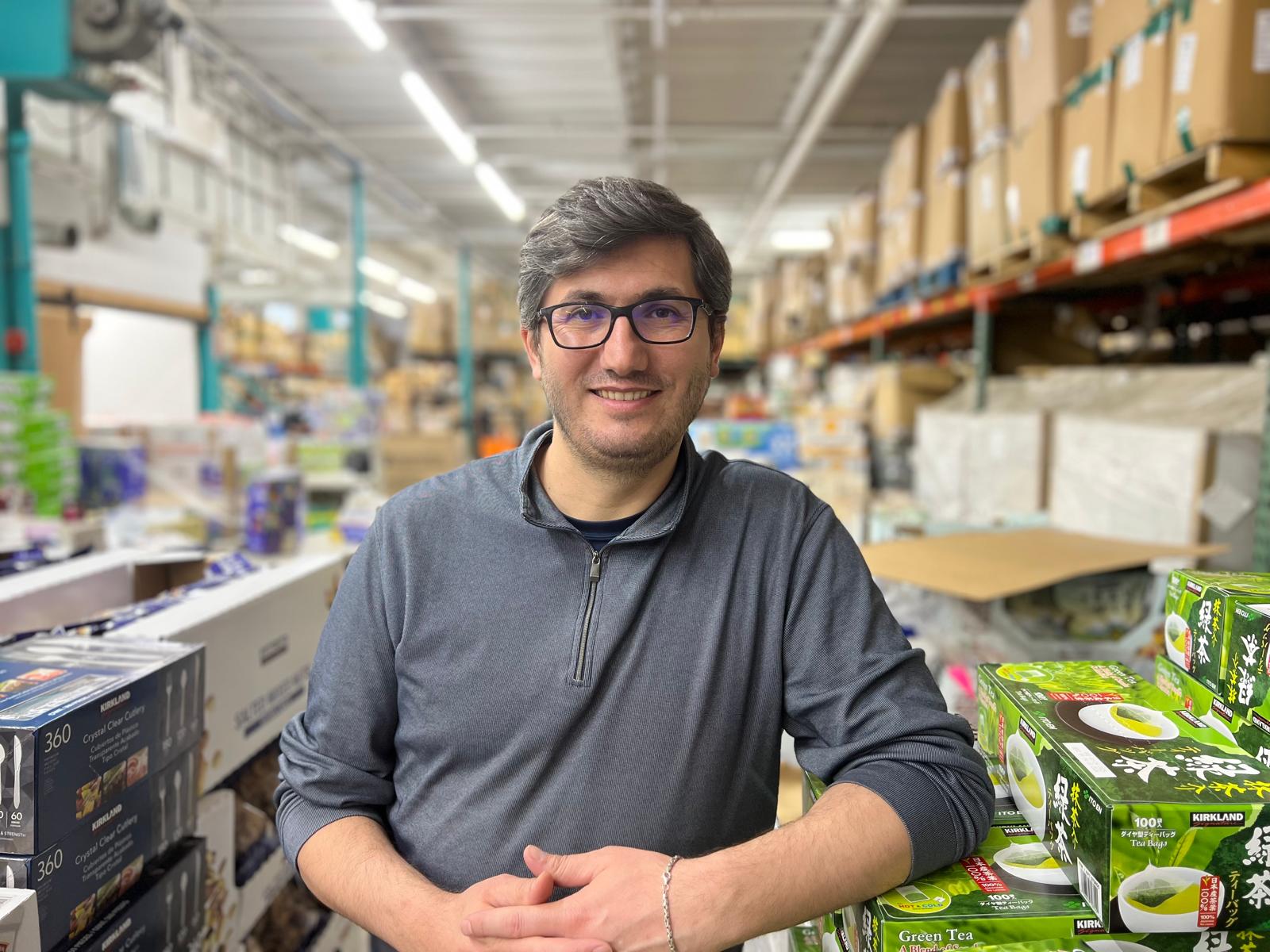 Ali Dayı, who came to the United States in 2006 through the Work and Travel program, now operates a 40,000 square foot warehouse in Hackensack, New Jersey. From this facility, he provides 3PL, warehousing, and logistics services to nearly 50 companies looking to expand from Turkey into the U.S. market. He coordinates the entire process from storage to final delivery for firms selling on platforms such as Amazon, Walmart, Wayfair, Target, eBay, and Shopify. With his own truck fleet, Dayı offers intra- and interstate transportation services, employing a total of 25 people through his offices in both the U.S. and Turkey.
Ali Dayı, who came to the United States in 2006 through the Work and Travel program, now operates a 40,000 square foot warehouse in Hackensack, New Jersey. From this facility, he provides 3PL, warehousing, and logistics services to nearly 50 companies looking to expand from Turkey into the U.S. market. He coordinates the entire process from storage to final delivery for firms selling on platforms such as Amazon, Walmart, Wayfair, Target, eBay, and Shopify. With his own truck fleet, Dayı offers intra- and interstate transportation services, employing a total of 25 people through his offices in both the U.S. and Turkey.